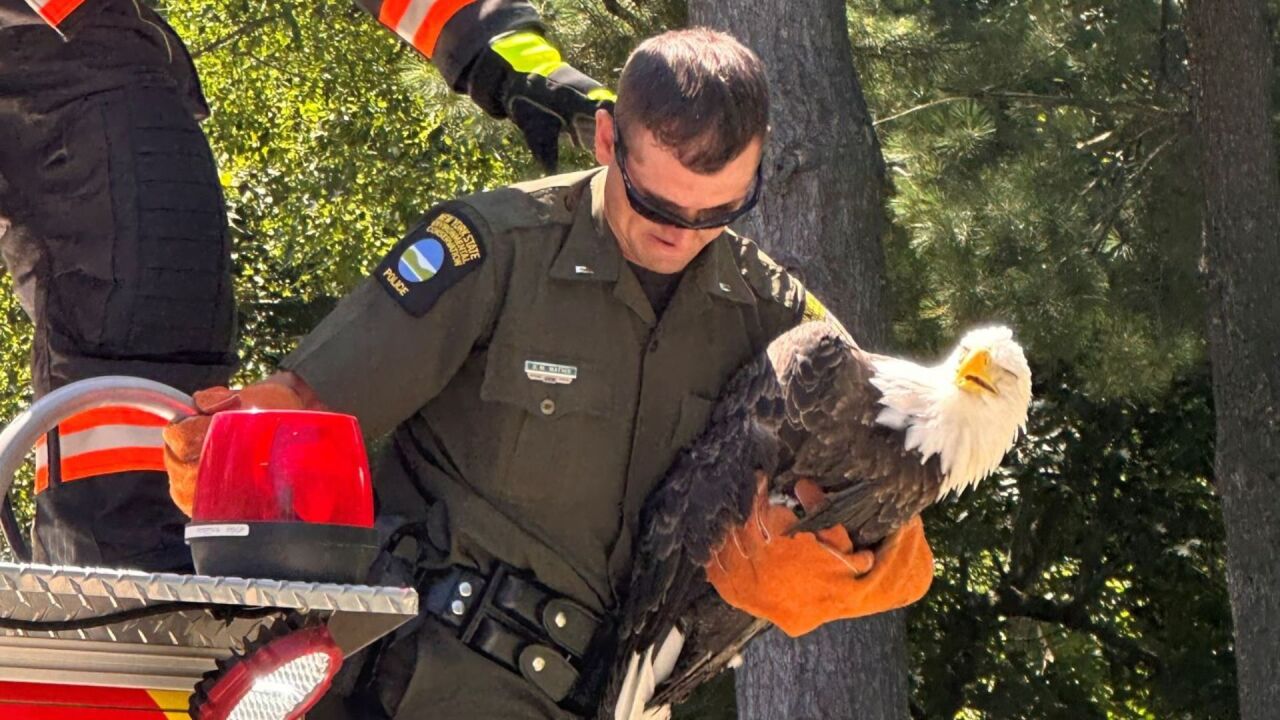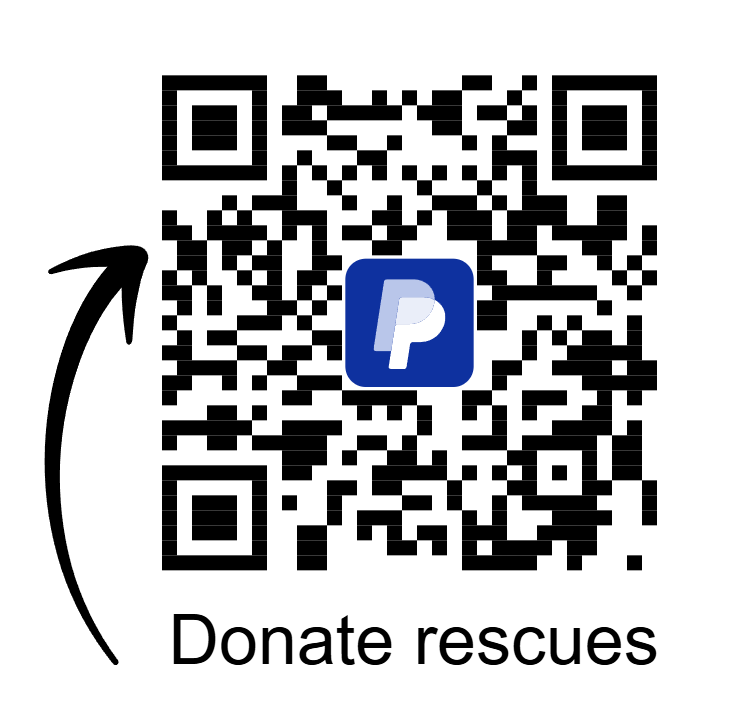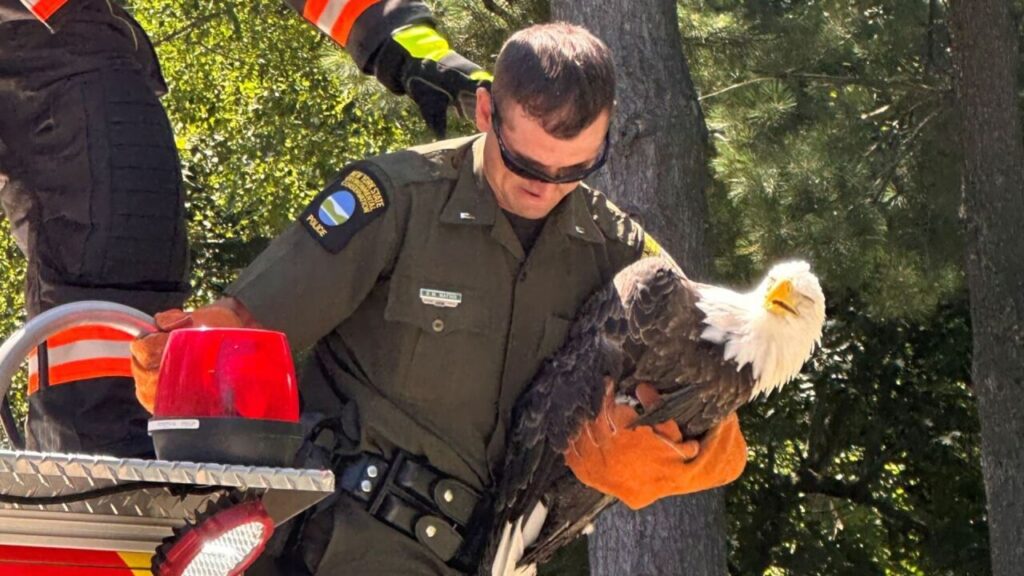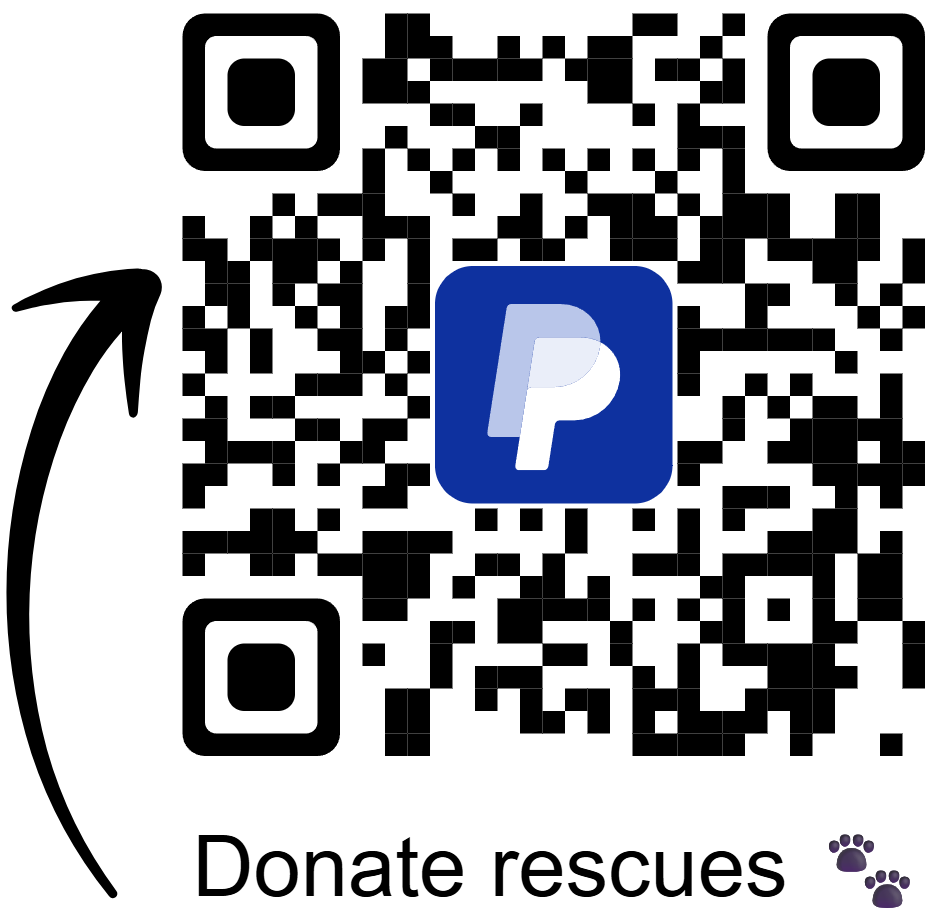This article sheds light on the urgent need for protecting baby bald eagles from being hunted and explains how each of us can play a part in ensuring their survival. By acting together, we can preserve not only a species but a powerful emblem of national pride and environmental responsibility.

Why Are Baby Bald Eagles at Risk?
Bald eagles were once on the brink of extinction due to habitat loss, pesticide use (especially DDT), and illegal poaching. Conservation efforts over the past few decades have made remarkable progress, and the bald eagle was officially removed from the U.S. Endangered Species List in 2007. However, the threats have not entirely disappeared.
Baby bald eagles—also called eaglets—are particularly defenseless. They spend their first 10–12 weeks in the nest before they are strong enough to fly. During this time, they rely completely on their parents for food, warmth, and safety. If a hunter disturbs or kills the adult eagles, the chicks are left alone and often die from starvation or exposure.
Despite legal protections under the Bald and Golden Eagle Protection Act, illegal hunting and nest disturbances still occur. In some cases, eaglets are targeted by trophy hunters or poachers hoping to sell feathers or eagle parts on the black market. Others may fall victim to indirect threats—gunshots fired in the vicinity of a nest, human encroachment on nesting grounds, or unintentional destruction of habitat.
Recent Cases That Raise Concern
In 2024, a heartbreaking incident in the Midwest made headlines when two eaglets were found dead after their nest tree was deliberately cut down by a landowner. The adult eagles had not been seen for days, and investigators believed that illegal hunting was likely involved. The public response was immediate and passionate—citizens demanded stricter enforcement and better education about eagle protection laws.
Sadly, this is not an isolated case. Wildlife agencies report dozens of similar incidents every year, often in rural or undeveloped regions where nests are harder to monitor. These cases highlight the need for stronger efforts in protecting young eagles and preserving their fragile habitats.
Why Protecting Baby Eagles Matters
Bald eagles are more than just a beautiful bird. They are a key part of their ecosystems, helping to control fish and small mammal populations and cleaning up carrion. Their return from near extinction is also one of America’s greatest conservation success stories—a living reminder of what is possible when a nation commits to environmental stewardship.
Losing baby bald eagles to hunting not only threatens the future of the species but also undermines decades of work by scientists, wildlife agencies, and volunteers. Every chick that survives represents hope. Every one lost to violence or neglect is a tragedy that could have been prevented.
How You Can Help Protect Baby Bald Eagles
You don’t need to be a biologist or park ranger to make a difference. Here are ways you can contribute to protecting baby bald eagles and supporting the broader effort to keep them safe:
Report Suspicious Activity
If you see anyone disturbing an eagle nest or hear gunshots in a protected area, contact local wildlife authorities immediately. Tip lines and reporting tools are available in most states.
Respect Nesting Areas
If you enjoy hiking or birdwatching, learn where local nests are located and keep a respectful distance. Use binoculars or zoom lenses to observe without interfering.
Educate Others
Many people don’t realize it’s illegal to hunt or disturb bald eagles—even taking a single feather is a federal offense. Share that knowledge with friends, students, and neighbors.
Support Conservation Programs
Donate to or volunteer with organizations that focus on eagle monitoring, habitat protection, and wildlife law enforcement. Your time or contribution can help fund patrols, education, and rescue efforts.
Advocate for Stronger Enforcement
Laws are only effective if they are enforced. Contact your representatives and express your support for increased funding for wildlife protection and stiffer penalties for poaching.
A Shared Symbol Deserves Shared Responsibility
Bald eagles belong to all of us. As symbols of courage and freedom, they inspire awe in people of all ages and backgrounds. But with that admiration comes responsibility—especially when it comes to protecting the most vulnerable among them.
Baby bald eagles cannot fly away from danger. They cannot defend themselves or call for help. It is up to us to ensure that they are given the chance to grow, soar, and live the lives they were meant to.
By remaining vigilant, informed, and compassionate, we can make sure that future generations will continue to see bald eagles in the skies—not just in history books or photographs.
Together, We Can Keep the Skies Free
The fight to protect baby bald eagles is far from over, but the power to make change is within reach. Every individual who reports wrongdoing, respects nesting grounds, or educates others helps tip the scale toward preservation.
Let’s not wait for another tragic news story to remind us of what we’ve lost. Let’s act now—to protect, to preserve, and to honor one of nature’s most noble creatures.
“Every tip to Donate Rescue AnimalSupport369 is a ray of hope – where abandoned animals find loving homes.”
 Skip to content
Skip to content


